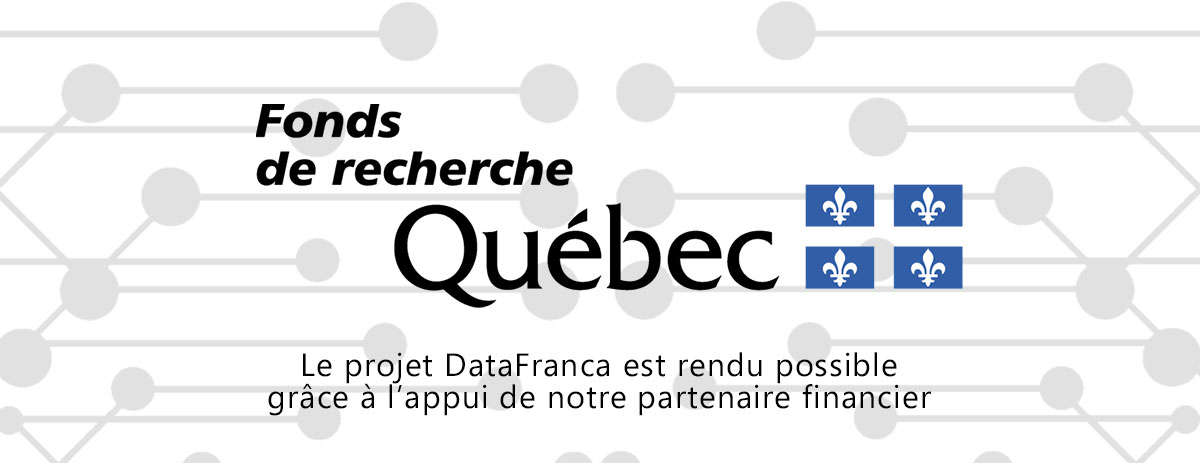Algorithme T-SNE
en construction
Définition
XXXXXXXXX
Français
XXXXXXXXX
Anglais
t-distributed stochastic neighbor embedding
t-distributed stochastic neighbor embedding (t-SNE) is a machine learning algorithm for visualization based on Stochastic Neighbor Embedding originally developed by Sam Roweis and Geoffrey Hinton,[1] where Laurens van der Maaten proposed the t-distributed variant.[2] It is a nonlinear dimensionality reduction technique well-suited for embedding high-dimensional data for visualization in a low-dimensional space of two or three dimensions. Specifically, it models each high-dimensional object by a two- or three-dimensional point in such a way that similar objects are modeled by nearby points and dissimilar objects are modeled by distant points with high probability.
The t-SNE algorithm comprises two main stages. First, t-SNE constructs a probability distribution over pairs of high-dimensional objects in such a way that similar objects are assigned a higher probability while dissimilar points are assigned a lower probability. Second, t-SNE defines a similar probability distribution over the points in the low-dimensional map, and it minimizes the Kullback–Leibler divergence (KL divergence) between the two distributions with respect to the locations of the points in the map. While the original algorithm uses the Euclidean distance between objects as the base of its similarity metric, this can be changed as appropriate.
t-SNE has been used for visualization in a wide range of applications, including computer security research,[3] music analysis,[4] cancer research,[5] bioinformatics,[6] and biomedical signal processing.[7] It is often used to visualize high-level representations learned by an artificial neural network.[8]
While t-SNE plots often seem to display clusters, the visual clusters can be influenced strongly by the chosen parameterization and therefore a good understanding of the parameters for t-SNE is necessary. Such "clusters" can be shown to even appear in non-clustered data,[9] and thus may be false findings. Interactive exploration may thus be necessary to choose parameters and validate results.[10][11] It has been demonstrated that t-SNE is often able to recover well-separated clusters, and with special parameter choices, approximates a simple form of spectral clustering.[12]
Contributeurs: Claude Coulombe, Patrick Drouin, wiki










